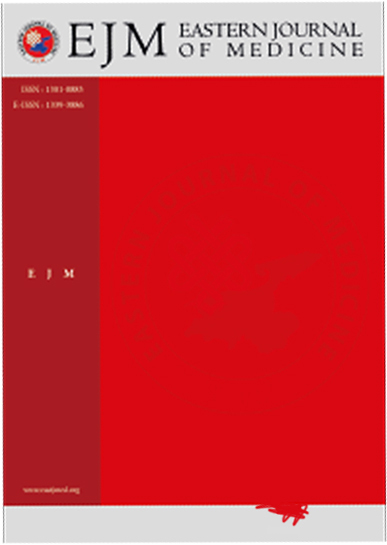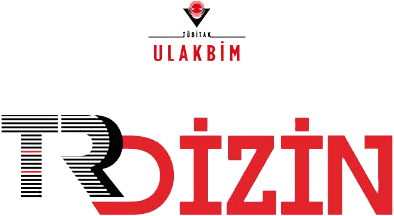Locking Plate Fixation In Subtrochanteric Valgus Osteotomy For Pediatric Coxa Vara: Mid-Term Results
Hilal Yağar1, Ahmet Mert2, Murat AYDIN21Department of Ortopedics and Traumatology,Niğde Omer Halisdemir University, Niğde, Turkey2Department of Ortopedics and Traumatology,Pendik Yüzyıl Hospital, İstanbul, Turkey
INTRODUCTION: Coxa vara is defined as the cephalomedullary angle below 110 degrees. Femoral valgus osteotomy is performed as the gold standard in the surgical treatment of pediatric coxa vara. Many surgical techniques have been described related with level and fixation of osteotomy. The aim of the study is to evaluate the radiological and functional outcomes of subtrochanteric valgus osteotomy fixated with locking plate for pediatric coxa vara.
METHODS: This study included 23 patients who were applied same surgical technique. Of these patients; 10 were male and 13 were female. Surgery was performed on the right side of 15 patients and left side of 8 patients. The functional hip scores of the patients were evaluated by preoperative and postoperative IOWA hip scores. Radiographic outcomes were assessed by measuring preoperative and postoperative Hilgenreiners epiphyseal angle (HEA) and collodiaphyseal angle (CDA).
RESULTS: Mean age at the time of surgery was found to be 11,35±2.67 years. Mean follow-up duration was determined to be 37,65 ±12.38 months. No limb-length discrepancy was present in 16 patients in the postoperative period whereas limb-length discrepancy was encountered in 7 patients. Recurrence was observed in 2 patients. The mean correction of CDA was improved from 89.74° to 117.83.8°(t(22)=-12.53, p=0.001). The mean correction of HEA was improved from 64.87.2° to 37.48° (t(22)=18.00, p=0.001). The mean IOWA hip score was found to be improved from 62.87 to 92.96 (t(22)=18.00, p=0.001) at the last follow-up.
DISCUSSION AND CONCLUSION: Well functional and radiological outcomes can be obtained with subtrochanteric valgus osteotomy with locking plate fixation for pediatric coxa vara
Manuscript Language: English














